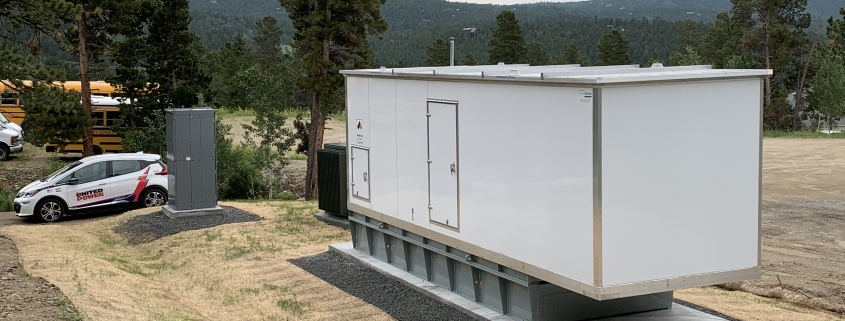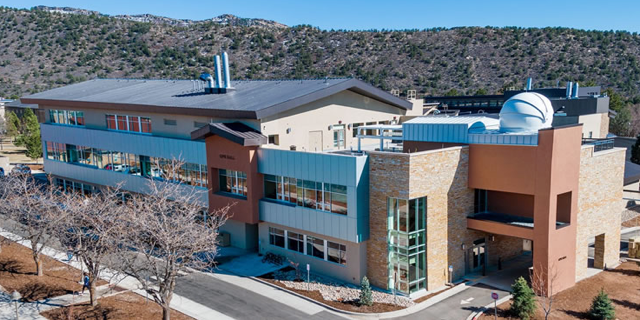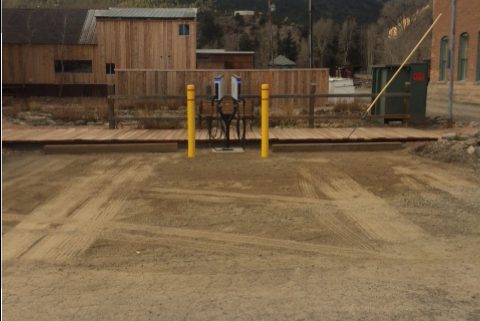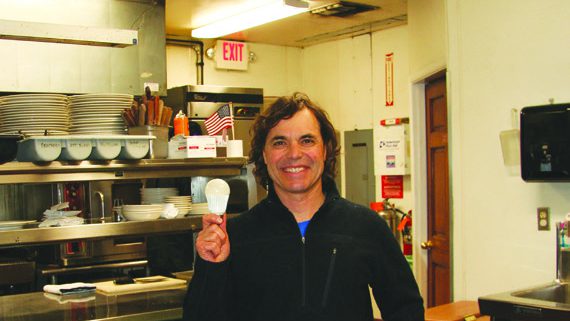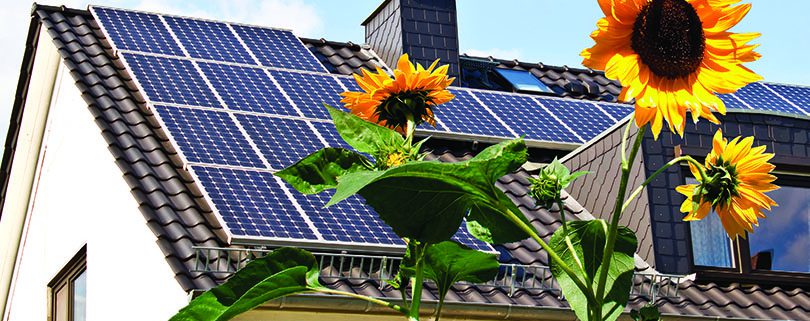Paul Gelose’s businesses, The Palace Restaurant and the Quiet Lay Tavern in downtown Durango, are now 100 percent LED.
“I’m more ecstatic about lightbulbs than I ever have been in my life,” says Gelose, who celebrates 20 years as owner of The Palace this year. “With all the money I’ve spent in improvements over the years, it’s the new lighting I get the most joy from.”
With more than 7,000 square feet of space, including two dining rooms, the tavern, three kitchen areas, restrooms, an extensive patio and a full basement of nooks and crannies, the lighting solutions spanned the gamut. The retrofit took three years due to availability of products and bottom line costs.
“My first LEDs were the stringer (holiday) lights outside. Then I replaced all my incandescents,” Gelose says. “Next was the fluorescent lighting in my kitchen. I can’t tell you how much time I’ve saved not going back and forth to the store to get new bulbs – and that doesn’t even consider installation time.”
Project specialist Ray Pierotti, from La Plata Electric Association, the local electric cooperative, says that The Palace kitchen is probably one of the best lit in Durango. The new LED fluorescents already led to increased productivity, enhanced visibility for cleaning and safety, and reduction in air conditioning because LED lights emit little to no heat.
In the dining areas and tavern – which were the last rooms to completely retrofit as decorative lighting is just coming to the market – the light is now uniform, consistent and pleasing for patrons.
Gelose solved previously problematic lighting issues. For example, the stained glass skylight units that require three or four employees to remove the glass just to replace the lights now have LED strip lighting. With a much longer lifespan than incandescents, that laborious task won’t come around again for a long time.
“In 20 years, for the most part, these have never been lit up, so now all these beautiful stained glass skylights can shine at night and last for the next 20 years,” Gelose says.
“With the retrofits, Paul has reduced The Palace’s kW by 5.69,” Pierotti says. “Materials and labor were $7,509, but he received total rebates of $1,422.50, which helps the ROI (return on investment).”
LPEA projects that Gelose’s annual electric bill will be reduced by an estimated $5,000. Gelose adds, “Even if the finances were a wash, I’m happy.”
“It’s money in the bank,” Pierotti says. “It’s ambiance, it’s quality, it’s consistency. It’s great.”
Over the years, LPEA gave more than $750,000 in LED rebates – which come directly from Tri-State Generation and Transmission – to 525 commercial customers who reduced energy consumption by nearly 3 megawatts.

